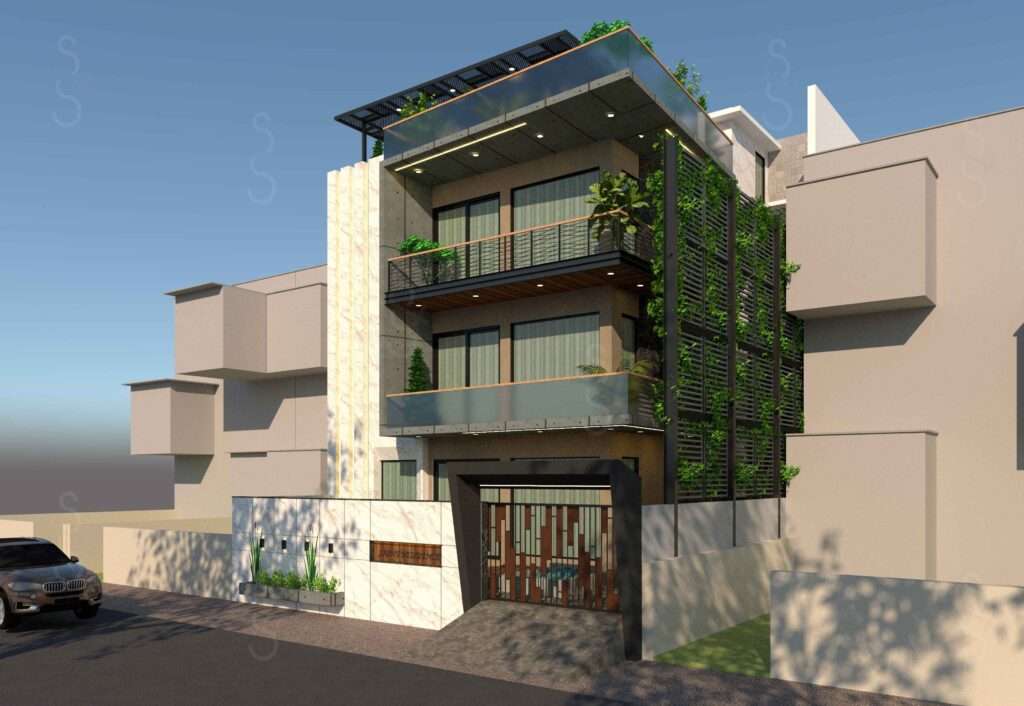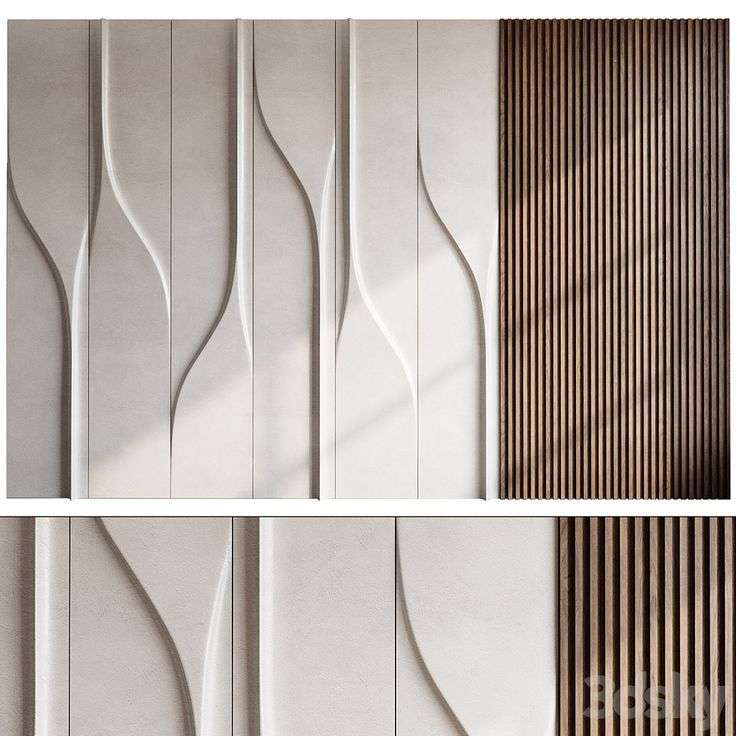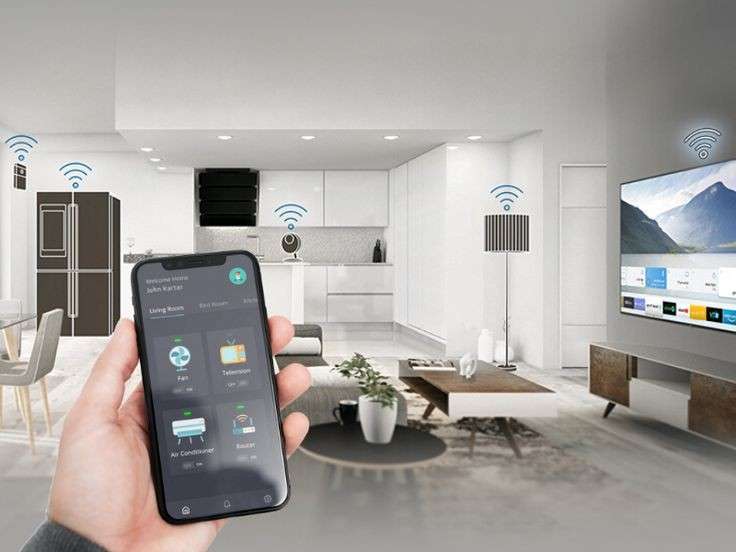
Commercial design refers to the planning and designing of spaces used for business purposes. These spaces can range from corporate offices, retail stores, restaurants, and healthcare facilities to hotels and more. The goal is to create environments that are visually appealing, comfortable, efficient, and conducive to achieving business objectives.
Commercial design covers both interior design (the layout, materials, and furnishings inside the space) and exterior design (how the outside of the building looks, including signage, landscaping, and entrance areas).
Key Elements of Commercial Design:
- Space Planning: One of the most crucial aspects of commercial design is space planning. The layout should be tailored to your specific business needs. For example, an office space should prioritize collaboration areas, individual workstations, and meeting rooms, while a retail store layout must focus on product display and customer flow. Effective space planning ensures optimal traffic flow, maximizes available space, and promotes productivity.
- Brand Identity Integration: A strong commercial design reflects your brand’s identity. From the colors, logos, and materials used, your space should communicate your brand’s values and mission. For retail spaces, your brand’s personality should be evident in the store’s design elements—such as signage, display units, and even the lighting. For office spaces, incorporating brand colors into the decor can help build a cohesive and motivating environment for employees.
- Lighting Design: Lighting isn’t just about visibility—it’s a vital element of commercial design that influences mood, productivity, and even customer behavior. For office spaces, task lighting and ambient lighting should be carefully balanced to reduce eye strain and create a pleasant atmosphere. In retail and hospitality spaces, lighting is used strategically to highlight products, create ambiance, and guide customers through the space. Using energy-efficient lighting options like LED fixtures can also reduce operating costs.
- Ergonomics and Functionality: Whether you’re designing an office, a restaurant, or a fitness center, functionality should always be a priority. Ergonomically designed furniture and equipment not only enhance the comfort of employees or customers but also help prevent injury and improve overall well-being. For example, adjustable desks in an office or comfortable seating in a restaurant are simple but effective elements of a well-designed commercial space.
- Sustainability and Eco-Friendly Design: Sustainable commercial design practices are becoming increasingly important for businesses looking to reduce their environmental footprint. By selecting eco-friendly materials, energy-efficient systems, and waste-reducing practices, you can create a space that is both environmentally responsible and cost-effective. Green roofs, low-flow water fixtures, and renewable energy sources such as solar panels are all great additions to a sustainable commercial design.



